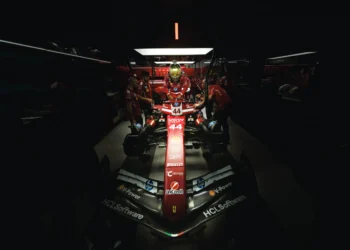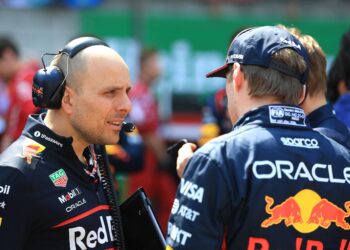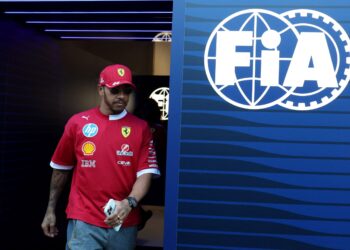As Formula 1 braces for a seismic regulatory reset in 2026, Red Bull Racing is pulling out all the stops to maintain its stranglehold on the sport. But beneath the surface of the Milton Keynes-based team’s dominance lies an Achilles’ heel: the oldest wind tunnel on the current F1 grid. With whispers of uncertainty about star driver Max Verstappen’s future, Red Bull’s preparation for the new era is a high-stakes game of innovation and adaptation.
Old Tool, New Challenges
Red Bull has been operating with a wind tunnel that predates much of the cutting-edge technology now commonplace in Formula 1. Despite updates over the years, the tool remains limited in its capacity to extract the tiny performance gains that separate champions from the chasing pack.
Technical Director Pierre Wache candidly acknowledged the limitations:
“It’s an old tool that we’ve updated along the way. There are a lot of newer parts inside, but we have some limitations. We know what those limitations are and try to work around them as much as possible, but that’s harder when you’re looking for a very small delta.”
With the current wind tunnel no longer meeting the demands of the sport’s relentless development race, Red Bull has embarked on an ambitious project to construct a state-of-the-art facility ahead of the 2026 season.
The Race Against Time
The new wind tunnel, a cornerstone of Red Bull’s 2026 preparation, is progressing ahead of schedule. Wache expressed optimism about the project:
“We are currently ahead of schedule—about three months ahead. The guys are doing a great job, but you never really know how it will go. It’s a big project.”
The facility is expected to address the shortcomings of the current wind tunnel, enabling the team to refine their designs with greater precision. However, with 2026 looming and the new regulations likely to upend the competitive order, Red Bull’s gamble must pay off quickly.
A Legacy of Dominance, A Future of Uncertainty
Red Bull’s dominance in the ground-effect era is undisputed, with the team securing multiple titles since 2021. The baton of success passed seamlessly from Sebastian Vettel, who led Red Bull’s charge between 2010-2013, to Max Verstappen, a four-time champion and the face of modern Formula 1.
But Verstappen’s loyalty isn’t guaranteed. Reports suggest that if Red Bull fails to deliver a competitive car in 2025 or beyond, the Dutch superstar could jump ship to a rival team. With Verstappen’s contract potentially aligning with the new regulations, Horner and his team are under immense pressure to ensure their preparations for 2026 don’t go to waste.
The Stakes for 2026
The stakes couldn’t be higher. If the new wind tunnel and Red Bull’s broader development efforts don’t yield the desired results, the team could lose not only its competitive edge but also its most valuable asset in Verstappen. The regulatory shakeup has historically favored teams that innovate quickly, and Red Bull must prove its mettle once again.
For now, the team appears confident. But with the F1 landscape set to change dramatically, the battle is far from over. Can Red Bull retain its dominance, or will the new era see a changing of the guard? One thing is certain: the road to 2026 will be one of the most critical chapters in Red Bull Racing’s storied history.










